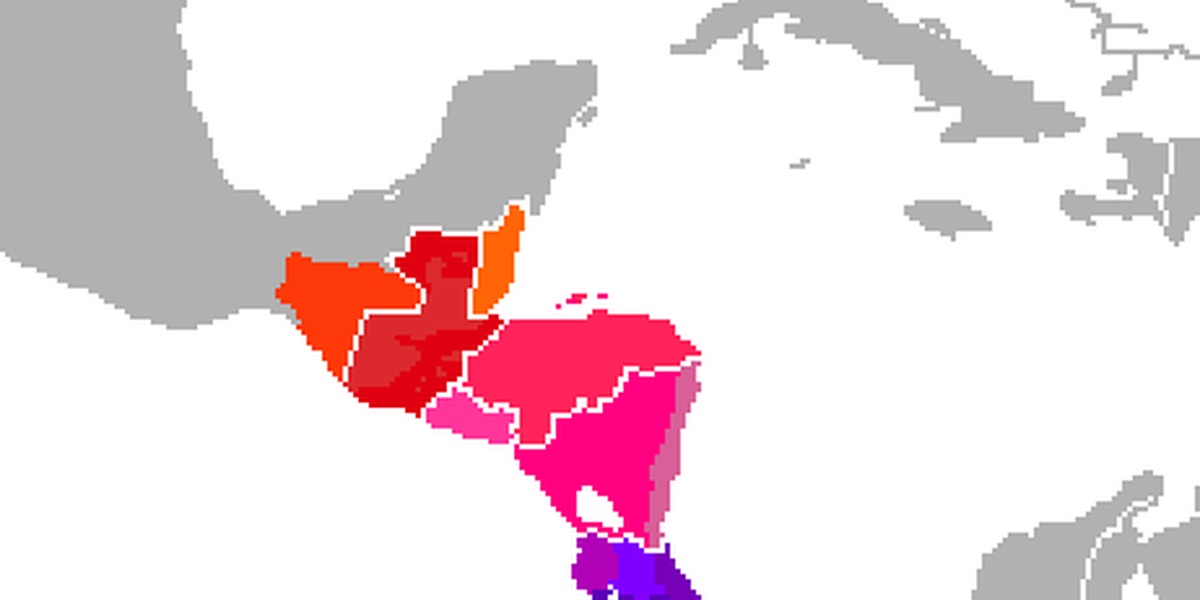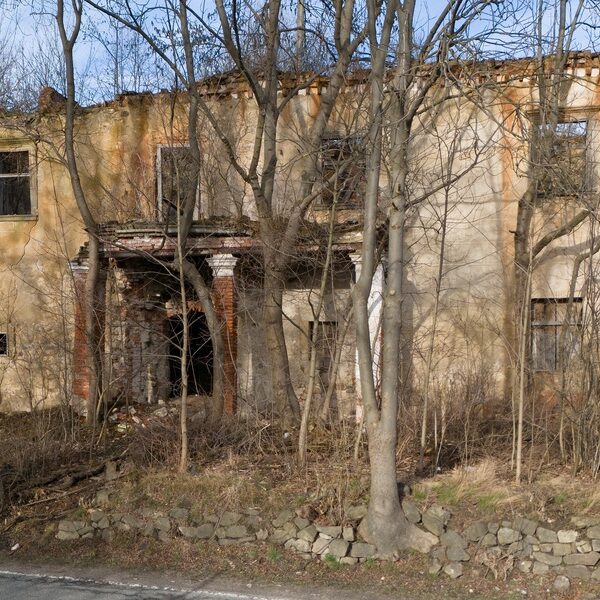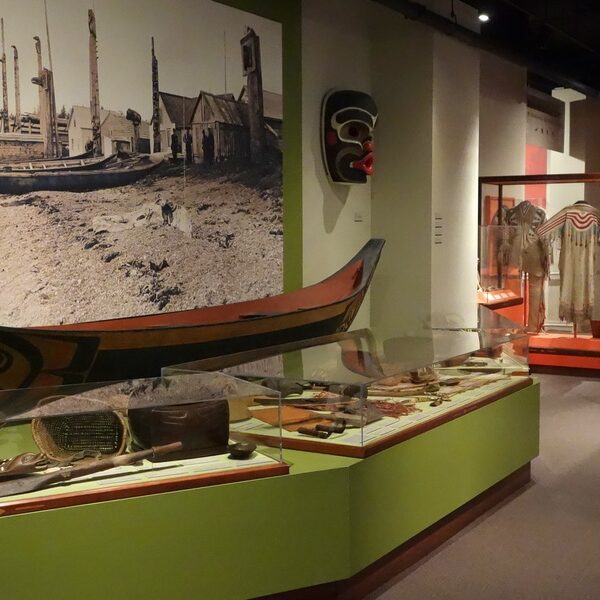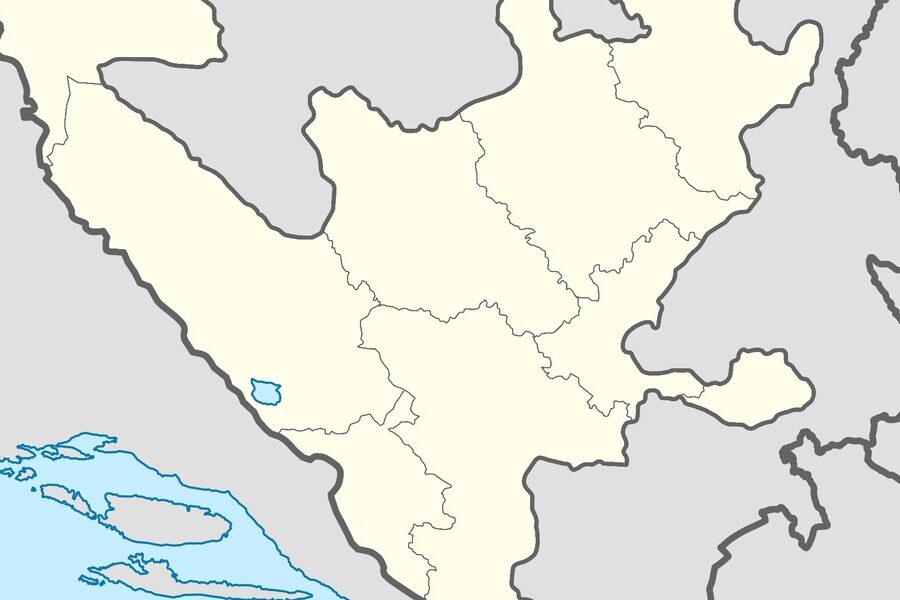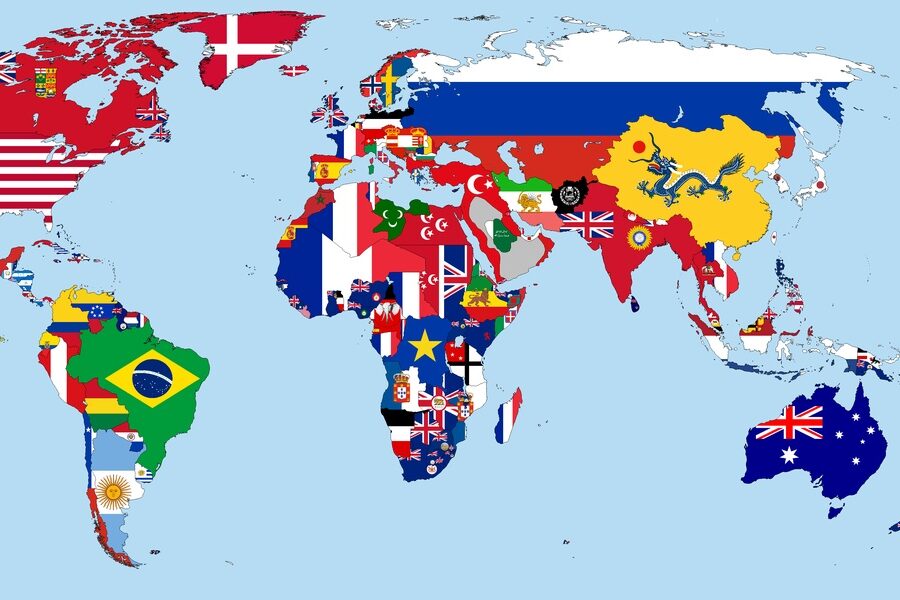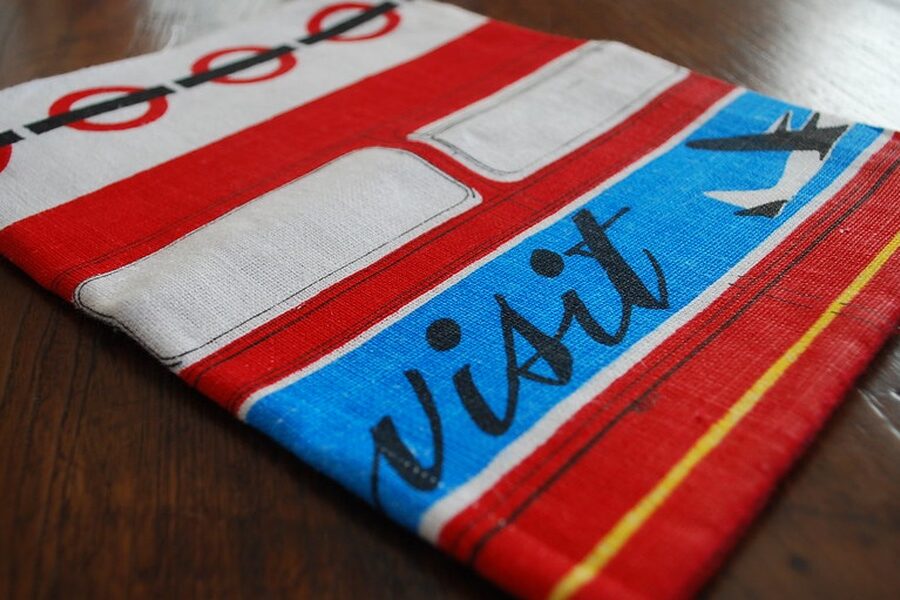Nicaragua’s languages mirror its mix of Pacific lowlands, central highlands, and Atlantic Caribbean coast — each area carrying distinct speech habits tied to history, trade and indigenous communities. Listening for regional accents quickly shows how geography and contact shape everyday talk across the country.
There are 10 Dialects in Nicaragua, ranging from Coastal Spanish (Caribbean Coast Spanish) to Ulwa. For each entry I organize the details as Category,Region(s),Speakers (estimate) so you can compare linguistic type, where it’s spoken, and how many people use it; you’ll find those entries below.
How different is Coastal Spanish from inland Spanish in Nicaragua?
Coastal Spanish blends Caribbean, Indigenous and English-creole influences, so it has distinct vocabulary, rhythm and some grammar compared with the more conservative Pacific and central highland varieties; mutual understanding is generally high, but some terms and pronunciations mark regional identity.
Are any of these dialects at risk of disappearing?
Yes — smaller indigenous languages and some coastal varieties face pressure from dominant Spanish, migration and limited intergenerational transmission; speaker estimates in the table below help flag which ones have smaller communities and may need documentation or revitalization.
Dialects in Nicaragua
| Name | Category | Region(s) | Speakers (estimate) |
|---|---|---|---|
| Nicaraguan Spanish (Pacific) | Regional Spanish | Pacific lowlands: Managua, León, Granada, Masaya, Carazo | 4,800,000 (est. 2020) |
| Coastal Spanish (Caribbean Coast Spanish) | Regional Spanish | North & South Caribbean Autonomous Regions: Bluefields, Bilwi, Pearl Lagoon and coastal communities | 300,000 (est. 2020) |
| Managua dialect | Regional Spanish | Managua metropolitan area | 1,000,000 (est. 2020) |
| León dialect | Regional Spanish | León department and surrounding Pacific northwest | 200,000 (est. 2020) |
| Nicaraguan Creole English (Miskito Coast Creole) | Creole | Atlantic coast: Bluefields, Pearl Lagoon, Puerto Cabezas (Bilwi) and coastal Creole communities | 30,000 (est. 2015) |
| Miskito | Indigenous | Rio Coco valley, North Caribbean coast, and nearby coastal towns | 180,000 (est. 2019) |
| Mayagna (Sumo) | Indigenous | Northern interior, Río Coco basin and interior villages | 6,000 (est. 2019) |
| Ulwa | Indigenous | Northeastern interior near the Coco River and adjacent communities | 2,000 (est. 2019) |
| Rama | Indigenous | Southern Caribbean coast: Rama Cay, Bluefields area and nearby communities | 1,200 (est. 2019) |
| Garífuna | Indigenous | Small communities on the Southern Caribbean coast around Bluefields and Pearl Lagoon | 4,000 (est. 2019) |
Images and Descriptions
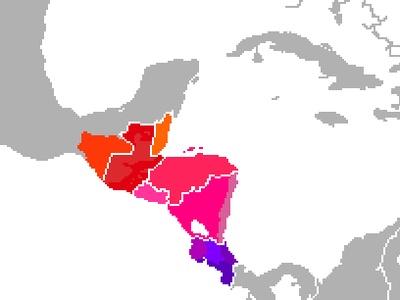
Nicaraguan Spanish (Pacific)
The mainstream Spanish of Nicaragua’s Pacific lowlands including Managua, León, Granada. Characterized by seseo, vos usage, aspiration or loss of final /s/ in informal speech, and unique lexis; widely spoken and dominant, high vitality among urban and rural populations.
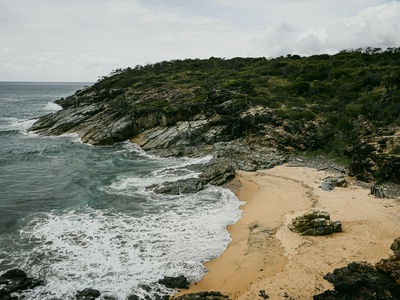
Coastal Spanish (Caribbean Coast Spanish)
Spanish varieties along Nicaragua’s Atlantic (North and South Caribbean) coast, mixing Spanish with English-creole and indigenous influences. Features code-switching, distinctive pronunciation and vocabulary. Spoken in Bluefields, Bilwi, Pearl Lagoon; vitality varies with bilingualism and stronger Creole or indigenous language presence.
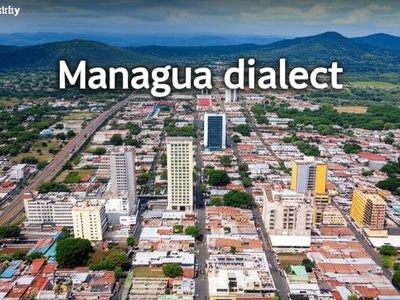
Managua dialect
Managua’s urban Spanish variety, heard across the capital and metro area. Notable for rapid speech, colloquial vos verb forms, innovative slang, and prestige influence on national media. Highly vital and widely imitated, shaping broader Nicaraguan contemporary Spanish.
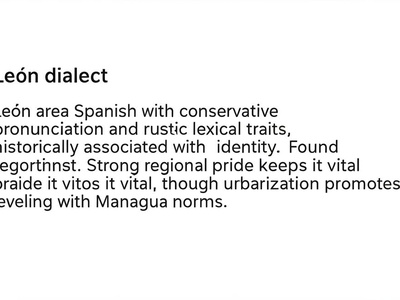
León dialect
León area Spanish with conservative pronunciation and rustic lexical traits, historically associated with the city’s identity. Found in León department and surrounding Pacific northwest. Strong regional pride keeps it vital, though urbanization promotes leveling with Managua norms.
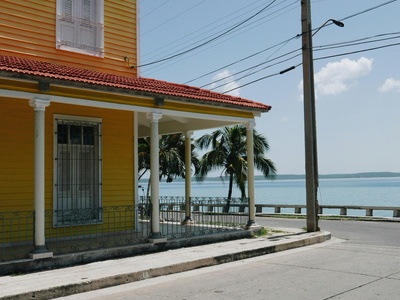
Nicaraguan Creole English (Miskito Coast Creole)
An English‑based Caribbean Creole (often called Miskito Coast Creole) spoken by Afro-descendant Creole communities on the Atlantic coast, notably Bluefields and Pearl Lagoon. Features English lexicon with Creole grammar; maintenance varies, with bilingualism and language shift pressures.
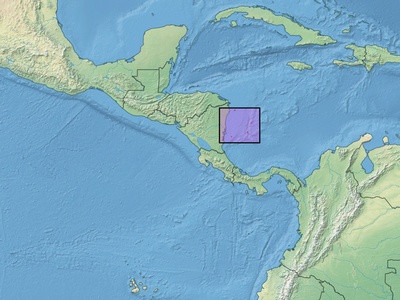
Miskito
Miskito is the largest indigenous language in Nicaragua, spoken along the Rio Coco, North Caribbean, and coastal towns. Distinctive for its Algonquian ties and extensive loanwords from Spanish and English; relatively vigorous with strong community use and local institutions supporting it.
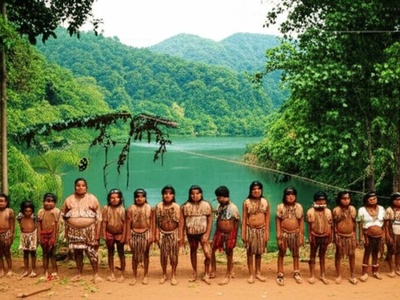
Mayagna (Sumo)
Mayagna (Sumo) is spoken by the Mayangna people in Nicaragua’s northern interior and Río Coco basin. It has several dialects, relies on traditional domains, faces pressures from Spanish and Miskito, but community efforts keep it actively spoken in many villages.
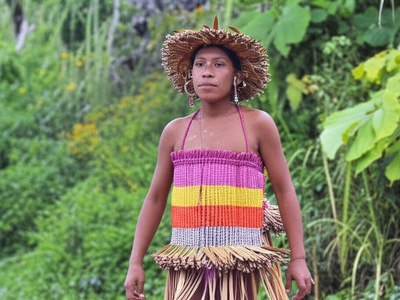
Ulwa
Ulwa, a Sumo (Misumalpan) language in Nicaragua’s northeastern interior, is spoken by small communities near the Coco River. It shows conservative grammatical features and is endangered, with limited intergenerational transmission but active revitalization efforts.

Rama
Rama is an endangered Chibchan language of the Southern Caribbean coast (Rama Cay, Bluefields area). Few fluent speakers remain; many Rama people now speak Creole English or Spanish. Revitalization projects are small but ongoing.
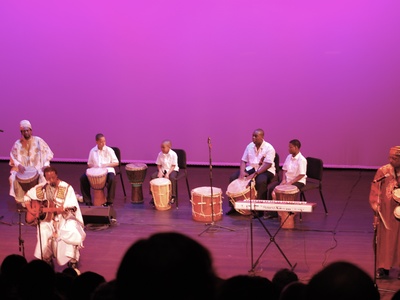
Garífuna
Garífuna, an Arawakan language with African and Carib influences, survives in small Nicaraguan communities around Bluefields and Pearl Lagoon. Known for rich oral traditions, the language is vulnerable in Nicaragua though stronger in neighboring countries.

